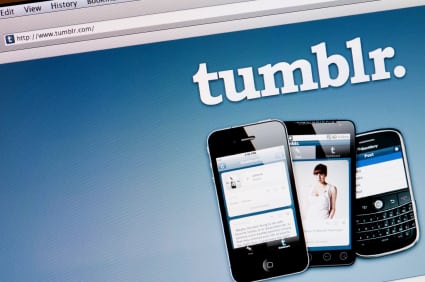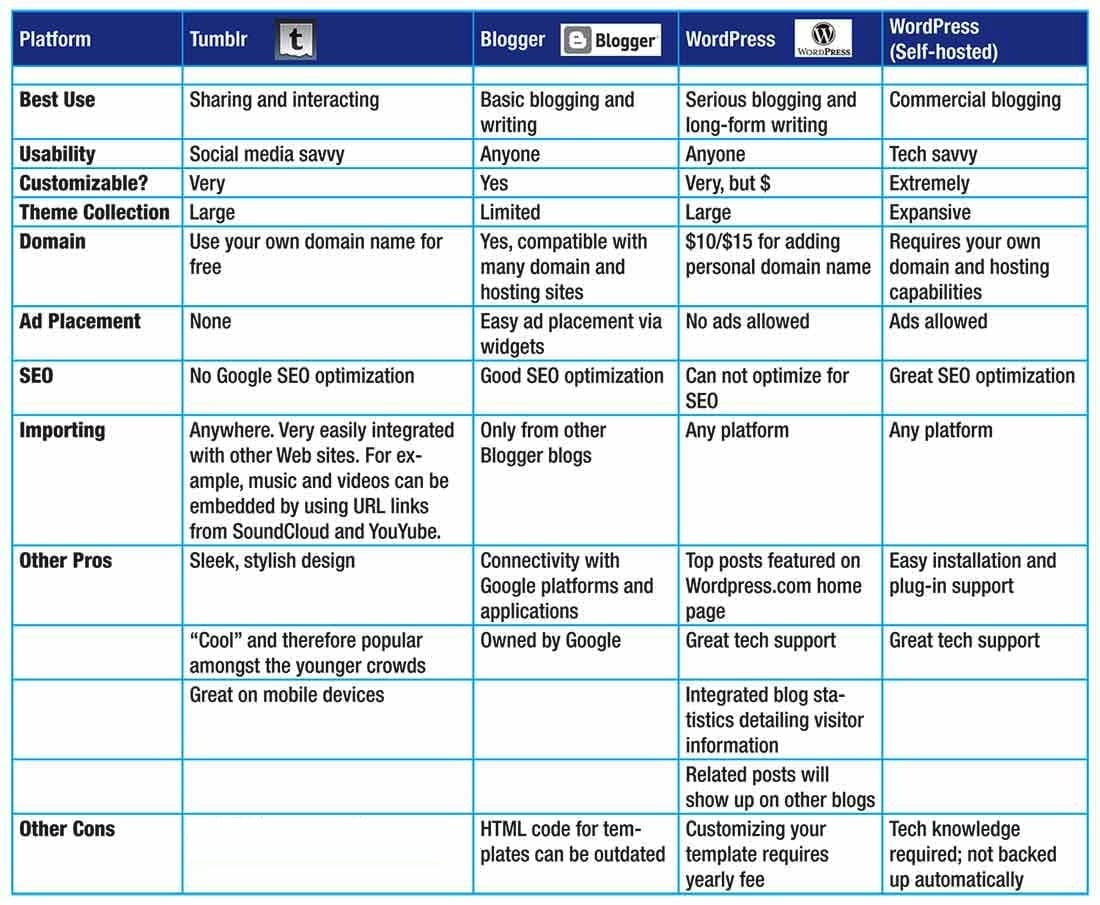 |
Tumblr, once an alternative to more robust platforms like WordPress and Blogger, has evolved into an integral player on the social Web. With its simple-to-use features, integration of other social networks and range of appealing free and premium themes, Tumblr is now what many brands’ blogs call home. Tumblr’s one-click capability for reblogging, replying to and liking posts also gives any post a shot at going viral.
Some large brands are blogging using Tumblr—particularly in the media (The Atlantic), fashion (Ann Taylor) and entertainment (MTV) industries. Yet with its ease of use and tight social media integration, Tumblr may be most attractive for communicators in smaller organizations that might lack the time and resources to use more complex platforms like WordPress or Blogger.
The site's not just home to early adopters. According to comScore, Tumblr had 58 million unique visitors in March 2012, more than double its tally in March 2011. Those numbers are, in large part, why Tumblr made news with its May 3 announcement that it is launching its own ad platform.
Tumblr has set a $25,000 minimum for buying ad placements in “Radar,” the space it reserves on user dashboards to highlight interesting Tumblr accounts, according to Digiday.com. The bet is this placement can act in a similar fashion as Twitter’s “promoted” ad products, according to Digiday.
Whether or not this new advertising scheme will drive Tumblr's traffic numbers even higher remains to be seen. But, for brand managers and communicators, there are already inherent opportunities in using Tumblr as a storytelling platform. Here are four reasons to start falling for Tumblr today:
-
Twitter-Style Reach and Ease: Tumblr offers the freedom of a microblog but without the 140-character restriction, yet still has opportunity for re-posts and sharing to networks that a blog on a corporate home page lacks.
-
Efficient, Content-Driven Ease: Tumblr's dashboard makes it easy to distribute content. “Tumblr breaks traditional blogging down to its component parts,” says Mark Coatney, director/media evangelist for Tumblr. These parts include text, photos, videos and social media content which can build communities and brand advocates. “We try to shorten the time between having the thought and posting the content.” Tumblr's content categories make creating and sharing specific types of posts more efficient—so efficient, that there are over 40 million new posts on Tumblr per day, says Coatney.
-
An Artistic Alternative: Multimedia elements (videos, photos, audio clips) are displayed more elegantly on Tumblr than on Facebook. The fashion, photography and entertainment industries have been drawn to Tumblr's clean designs and visual capabilities. “Photos, graphics and video content is best suited to this type of tool,” says David Erickson, director of strategy at Tunheim Partners, a New York City-based strategic communications firm.
-
A Passionate Community: The new ad platform aside, Tumblr's users are attracted by the lack of advertising and prefer well-crafted and appealing visuals and stories and, most important, are passionate about sharing that content.
Follow Bill Miltenberg: @bmiltenberg
To learn more about using Tumblr, as well as other social networks such as Pinterest and Instagram, register now for PR News’ two-day Social Media Summit event, to be held June 21-22 in New York City.
This chart, compiled by PR News editors, compares features of the more established platforms Blogger and WordPress with Tumblr:

